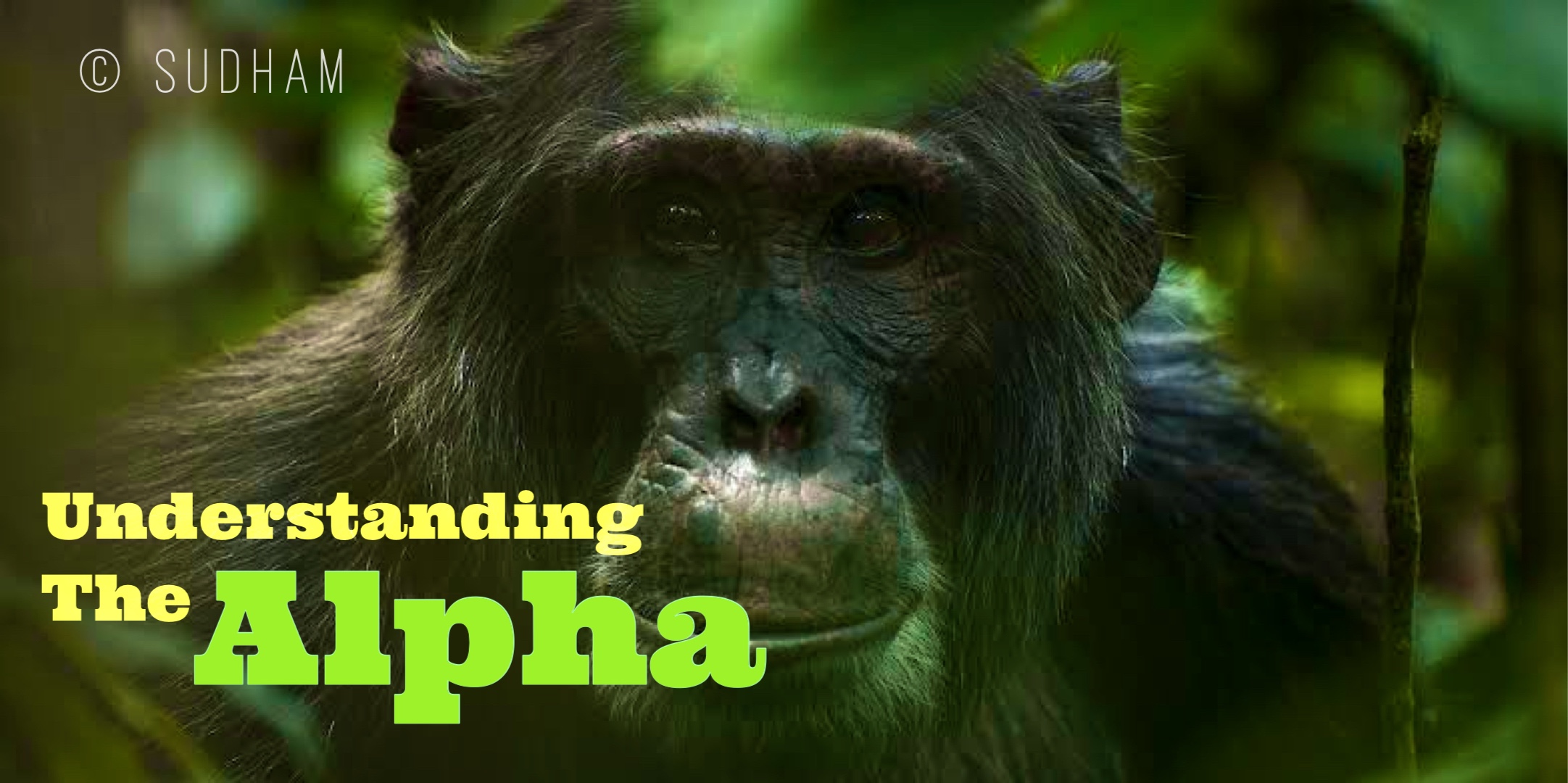Understanding the Alpha

CHANGE IS THE ONLY CONSTANT; so the adage goes. However, is EVERYTHING MUST CHANGE necessarily the sequitur? Is it always the case with ALPHAs or is that just a convenient stereotype?
I was watching a wildlife documentary recently and the parallels between corporate and jungle were drawing themselves out. I also remembered reading an article that mentioned that alphas make up to 70% of all senior executives.
While the concept largely drawn from primates and wolf packs, is based on the behaviour of the males of the species, we shall, for the purpose of this post remain gender agnostic.
Given the statistic quoted above, I have seen several people who would fit the ALPHA bill in my two decade plus experience. Some have been bosses, some peers and yet others subordinate as far as the hierarchical structure is concerned. Continuing the inherent sexual overtone to ALPHA behaviour, my observations are as much based on the dominatrices as they are on the dominators.
There fundamentally are two types of ALPHAs
Category A – The Bully
The minority that drives the stereotype. This category of ALPHAs is more about the self and hence the traits that they manifest are not necessarily all positive.
The belief system of The Bully is founded on the thoughts below:
- Power Demands (brazen) Display
Demonstrated power is a cornerstone for the bully. It can range from bravado to violence. The bully revels in a blood-bath and often relies on upheaval to signal change.
- Zero Sum Game
If there’s a winner there HAS to be a loser. It is not sufficient for the bully to succeed. The bully often relies on painting someone or something as the loser. The bully needs (sometimes shall create) the binary for credibility.
- Spoils Only to the Victors
The binary is extended to apportioning of the resources. The Bully shares the rewards with a select few creating a visible divide between the haves and the have nots.
- Citadels Are Built on Ruins
This is an unfortunate hallmark of The Bully. They believe that for the new order to come into existence the old order has to be erased. The Bully invariably dismantles the old without thought or consideration.
- Coteries and Sycophants
What usually starts-off with attraction to personal charisma of the ALPHA is gradually replaced by privileges. The loyalty of course, is continuously diminishing. Since a coterie of sycophants is encouraged over counsel, it invariably leads to the downfall of The Bully.
Category B – The Genuine Leader
Fortunately, the majority. They are the ones who manifest the positive aspects. They are confident and usually in control – both of the situation and their self. They win the trust of the tribe by solving problems. They are judicious in their use of consensus building and taking unilateral decisions.
The ethos of Leaders revolves around:
- Exemplary Courage
The Genuine Leader has a positive attitude with a bias for action. They would rather fail trying than not attempting. They are impatient but only with inaction. Success and failure, therefore, are mere outcomes.
- Handling Change
The Leader is driven by a vision. Able to deal with ambiguity, a good leader builds a bridge over the troubled waters by breaking it down into simpler steps for the tribe. Change if external, is not feared. If internal, has purpose.
- Equitable
A genuine leader is able to rise above personal likes or dislikes. They have a utilitarian view of their team and therefore is able to task and reward without playing favourites.
- Trust Built Authentically
The Leader delivers on his commitments. Failures if, where, and when are addressed instead of passing blame, being brushed aside or given justifications for.
- Line of Succession
Leaders plan. They can visualize a world without themselves in it. Succession, for the genuine leaders is not as much about continuity of stake as it is about sustaining growth. A good leader is unafraid of naming a successor.
From an anthropological perspective, whether it is corporate life or life in general, it is important to understand the ALPHA.
So, which kind of ALPHA do you see when you look around in your organization?
Or
Are you the ALPHA that others are seeing? If so, which kind?
